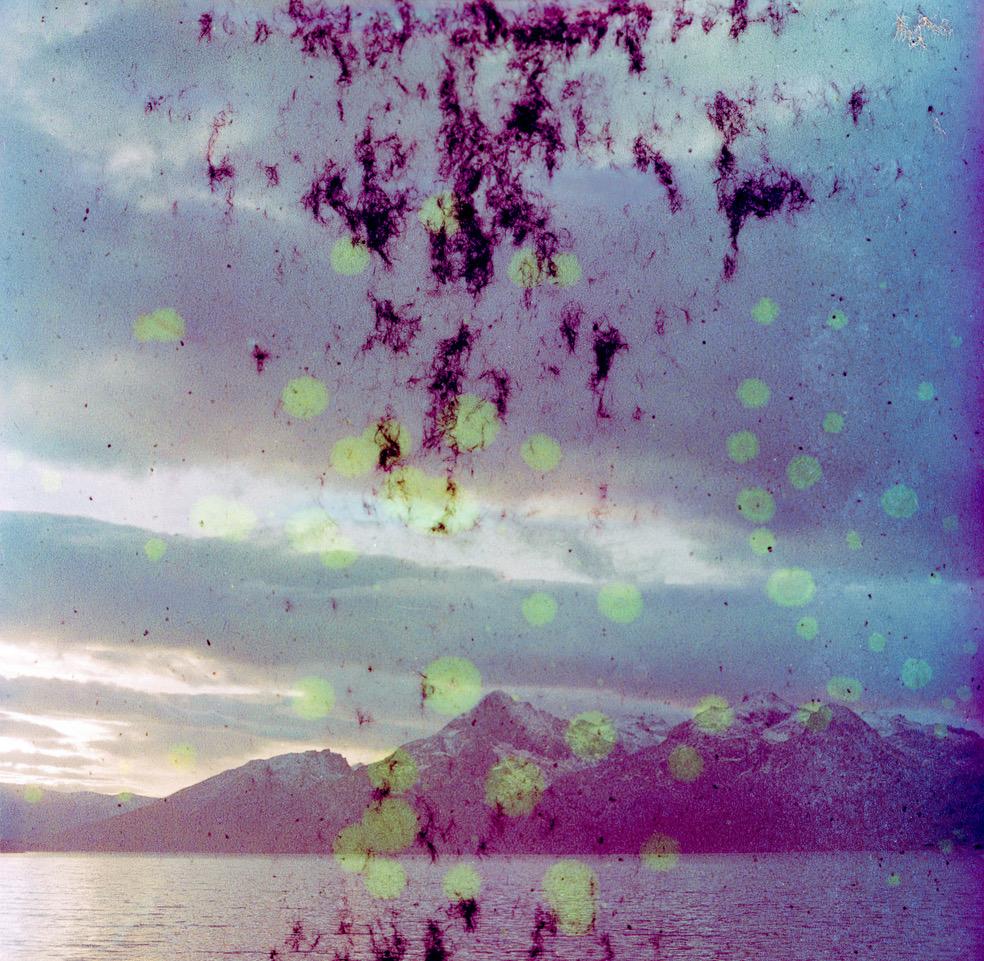2022_Conference: Photographic Practices as Care-Taking
 Lena Gudd, Blåmann, CC BY-SA
Lena Gudd, Blåmann, CC BY-SAA conference in collaboration between the research group WONA Worlding Northern Art, UiT The Arctic University of Norway, Tromsø and Perspektivet Museum, Tromsø. Initiators and Organizers: Elin Haugdal, Marthe Tolnes Fjellestad, Stephanie von Spreter, Hanne Hammer Stien